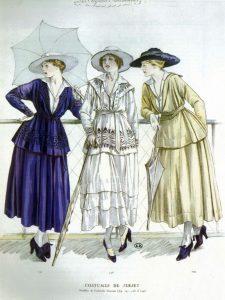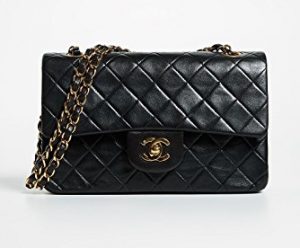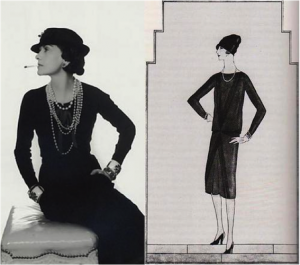Survey 8 – A Summary
These were years of turmoil throughout Europe and North America. The Assassination of Franz Ferdinand triggered the first total war, known throughout as the Great War, and nations were moved against each other on a global scale thanks to propaganda campaigns and other contributing war efforts. The world was left bare after a staggering loss of 16 million men in battle, and following the post-war depression the roaring twenties rose from the ashes. Writers and artists who survived the war became leaders of the dada and mertz movements, which rejected the social, political, and cultural values of the time. The Russian constructivist and suprematism movements, which sprung from the Russian Revolution, were based on the idea of rejecting autonomous art. The idea of constructivism was that art should be constructed for social purposes, whereas suprematism focused on geometric forms and shapes. De Stijl and surrealism, also founded by writers, rose up in the artistic world not long afterwards. Culturally, the world changed massively during the 1920s. With the beginning of the golden age of radio and the prohibition in North America, people were brought together in underground clubs and jazz became popular everywhere. Magazines also became important during this time, and the advertisement industry was booming along with ever-growing consumerist culture. Stay posted for the inevitable economic downfall to come.
Coco Chanel
Gabrielle Bonheur, better known as Coco Chanel (1883 – 1971) was a French fashion designer and businesswoman, as well as the founder the Chanel brand. She is credited with the post-World War I liberation of women from the constraints of the corset and hourglass silhouette, instead popularizing a sporty, casual chic as the feminine standard of style. Chanel was the only fashion designer to be listed on Time magazine’s list of the 100 most influential people of the 20th century, and for good reason. She extended her influence beyond couture clothing to design jewellery, handbags and accessories, as well as fragrance. Her signature Chanel No. 5 became her most iconic scent.
A Leading Legacy
In 1915, Chanel’s designs were already taking over the fashion world. With her rise to the spotlight, the corseted female silhouette was finally tossed aside. The constraints, frills, long hair and hobble skirts of the 19th century made way for a redefined fashion aesthetic composed of youthful ease, liberated physicality, and unencumbered sportive confidence.

Chanel’s enthusiasm for sports led her to design clothing based on her favourite activities. She most notably appropriated uniforms associated with sailors, fishermen and life at sea: the horizontal striped shirt, bell-bottom pants, crewneck sweaters, and espadrille shoes.
The Jersey Fabric
Chanel’s first breakthrough was with her creative and innovative use of jersey, a machine knit material traditionally used for the manufacture of undergarments.
The introduction of jersey to high-fashion worked well because the war had caused a shortage of other materials and women’s fashion was moving toward simpler and more practical daywear. Chanel’s loose and fluid jersey suits and dresses allowed for free movement as they were created for practicality. Women who were working for the war effort as nurses, in civil service, and in factories needed this type of comfortable garment and thus it became very popular. Also, since their jobs involved much physical activity and travelling to get to work, outfits that could endure strain and that were easily put on were ideal.

Suntans are IN!
Chanel managed to turn tradition on its head and not only make suntans socially and fashionably acceptable, but have them become a symbol of privileged life and leisure. In the past, continued sun exposure identifiable through tan was the mark of low-class outdoor labourers. Milky white skin was a sign of aristocracy. Under the influence of Chanel, the women of the mid-1920s were lounging on the beach as sun bathing and tanning were now fashionable.
The Chanel Bag: Yet Another Must-Have!
In 1929, Chanel introduced a handbag inspired by soldier’s bags. The user could keep her hands free as she carried it thanks to its thin shoulder strap. Chanel updated its design in 1955, creating the “2.55” model, which was named for the date of its creation.

The Little Black Dress
One of Chanel’s most important contributions to the fashion lexicon is the concept of “The Little Black Dress”, a style still used today. The actress Suzanne Orlandi was one of the first women to wear a Chanel velvet little black dress with a white collar in 1912-1913. Chanel vowed that she would have all women dressed in black by 1920.
